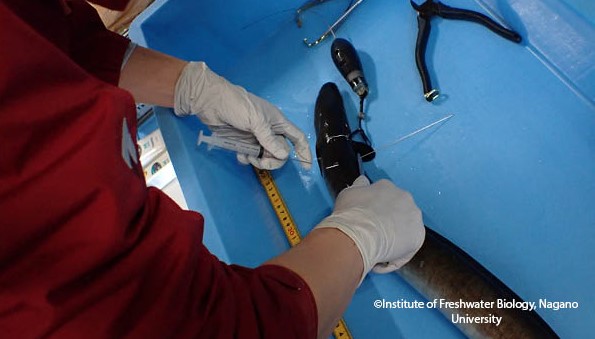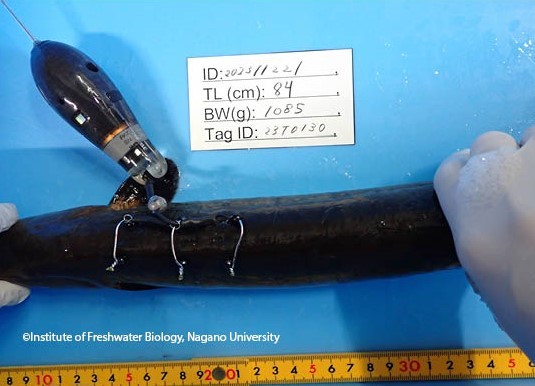
What Our Tags Can Do
Wildlife Computers gives you the technology you need to meet the requirements of your project, no matter what kind of fish you are studying. We offer a variety of shapes and sizes using pop-up, pop-up-archival, Argos, GPS, or Fastloc® technologies. We also offer a myriad of data products that allow you to monitor everything from physiological functions to environmental conditions.
Our newest pop-up tag, the microPAT, is the smallest pop-up archival transmitting (PAT) tag on the market. The microPAT allows users to track the vertical and horizontal movements of small fish, and to examine depth and temperature data for deployments up to one year.
Our Pop-up Archival Transmitting tags (PAT or PSAT) also provide fisheries-independent information by allowing the remote recovery of data from non-surface-oriented marine animals. Researchers attach the tags externally and program release when certain parameters are met. Upon release, the tags float to the surface and transmit to the Argos satellite network.
What You Should Know
Pop-up Configurations
We offer four different pop-up configurations—microPAT, MiniPAT, sPAT, and mrPAT. Check out the dimensions and weights. The MiniPAT offers a sophisticated combination of archival and Argos satellite technology. Developed with a focus on reliability, ruggedness, and ease of use, the MiniPAT features a stable low-drag shape, a strong integrated nosecone and pin, and a pinger for radio tracking recovery.
Tag Storage and Maintenance
Whether you are new to tagging or someone who has been doing it forever, you can find some great information in your tag’s user guide. Be sure to check out the tag storage guidelines to learn how to put your tag in “Stop” or “Shutdown” mode, storage temperature recommendations, and how to exercise the batteries to avoid passivation.

